
Cheltenham Festival
Nestled in the picturesque Cotswold Hills of Gloucestershire, The Cheltenham Festival stands as a testament to the rich heritage and enduring passion for horse racing in the United Kingdom.
This major jump racing event has captivated enthusiasts for generations, becoming a pinnacle in the racing calendar and drawing spectators and participants from far and wide.
Our List of The Best Cheltnham Betting Sites in 2025
Our recently updated comparison table, shows our picks for the best horse betting sites in the UK. Each betting site on this list offers punters the option to bet on Cheltenham races with unique welcome offers:
[promotion-group:14]
Important Cheltenham Resources

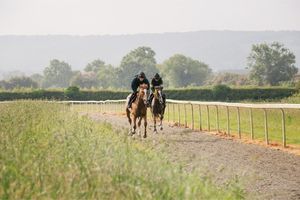
2025 Martin Pipe Conditional Jockeys’ Handicap Hurdle: Ten-Year Trends
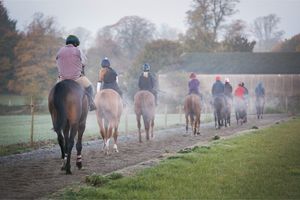
2025 Boodles Cheltenham Gold Cup Betting Preview: Galopin Too Good but Star Can Chase Him Home

2025 Stayers Hurdle Betting Preview: Park Appeals and Dan to Peak Once More

2025 William Hill County Hurdle: Ten-Year Trends
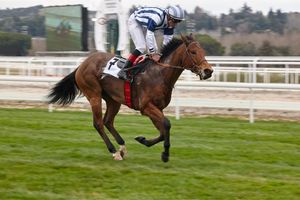
2025 TrustATrader Plate Handicap Chase: Ten-Year Trends
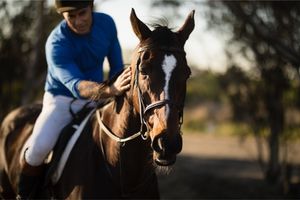
Pertemps Network Final Handicap Hurdle: Ten-Year Trends
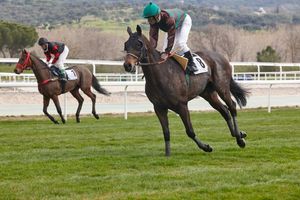
Johnny Henderson Grand Annual Challenge Cup: Ten-Year Trends
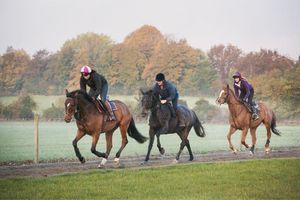
2025 Coral Cup Handicap Hurdle: Ten-Year Trends

2025 Cheltenham Festival Handicaps: Trainers, Jockeys, and Sires to Follow

2025 Betfair Imperial Cup Handicap Hurdle: Ten-Year Trends
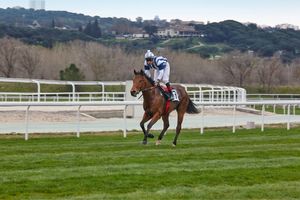
Cheltenham Festival 2025 Trainers in Focus: Dan Skelton
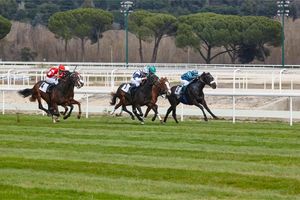
Cheltenham Festival Trainers in Focus: Paul Nicholls
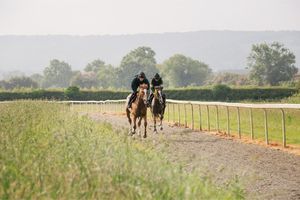
2025 BetVictor Greatwood Gold Cup Handicap Chase: Ten-Year Trends

Cheltenham Festival Trainers in Focus: Willie Mullins
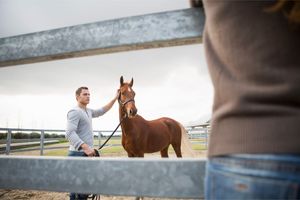
2025 Ultima Handicap Chase: Ten-Year Trends

2025 Virgin Bet Eider Handicap Chase: 21st Century Trends

Cheltenham November Meeting 2024: Skeltons Keep the Good Times Rolling

2024 Cheltenham November Meeting: Day 2 Preview
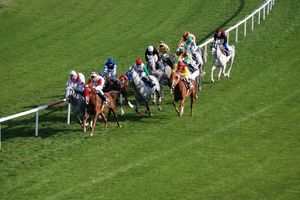
Cheltenham Festival 2024 - Full Results

Cheltenham's Rich History

Finding the Perfect Accommodation in Cheltenham
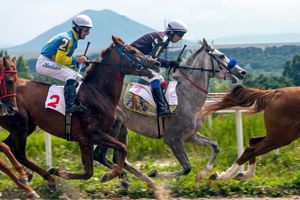
Cross-Country Chase Adventure
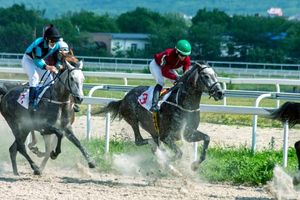
Discovering Racecourse Facilities

Cheltenham's Ryanair Chase: Speed and Jumps

Ladies Day at Cheltenham

St. Patrick's Day Celebration at Cheltenham

Cracking the Code of Cheltenham Handicaps
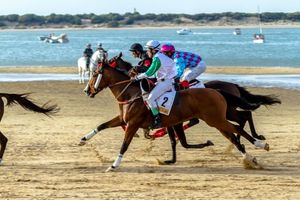
Cheltenham Trials and Qualifications
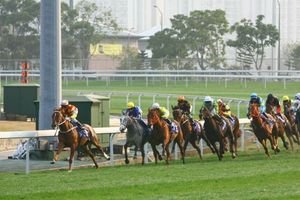
Analyzing Cheltenham Trends

Epic Rivalries at Cheltenham
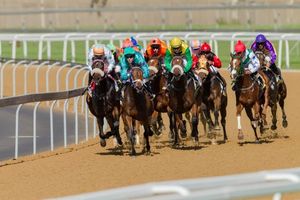
Weather's Impact on Cheltenham Racing

Analyzing Cheltenham Trends
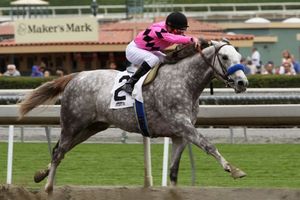
Cheltenham Records and Milestones
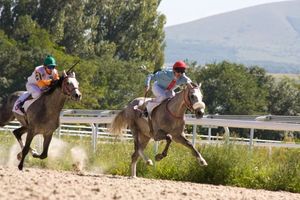
Champion Hurdle: A Sprint to Glory
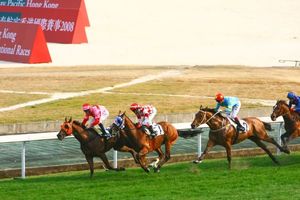
The Prestige of the Gold Cup
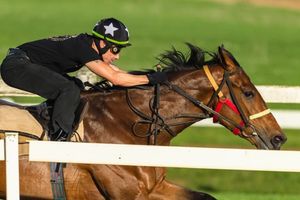
Collecting Cheltenham Souvenirs
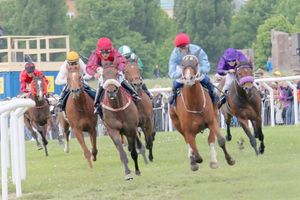
Capturing Racing Moments

Understanding Cheltenham Odds
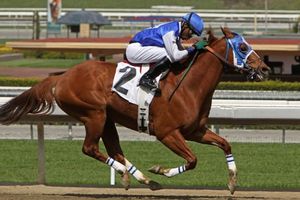
The Arkle Challenge Trophy
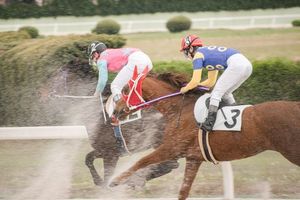
Behind the Scenes with Cheltenham Trainers
Cheltenham Legends and Iconic Horses
The Cheltenham Festival
Rooted in history and steeped in tradition, The Cheltenham Festival emerged from modest beginnings to become one of the most revered jump racing events globally. The origins of the festival can be traced back to the early 19th century when its precursor, the National Hunt Chase, was first held in 1860. Over the years, the festival evolved and expanded, attracting larger crowds and greater prestige.
Today, The Cheltenham Festival spans four exhilarating days, usually taking place in mid-March, where it plays host to a series of marquee races that capture the hearts of racing aficionados and novices alike. The lush green turf and electrifying atmosphere of Cheltenham Racecourse sets the stage for high drama and excitement. Hundreds of thousands of attendees flock to the races each year, with many travelling from countries around the world to experience the electric atmosphere.
Additional details:
- The Cheltenham Festival now boasts over £4.5 million in prize money across its 28 races, making it the most lucrative jump racing event in the world
- Racehorses compete under National Hunt rules, requiring them to jump over obstacles like fences and hurdles while racing long distances
- Over 200,000 pints of Guinness are served during the four-day event along with 39,000 bottles of champagne
- Millions watch the spectacle unfold live on television broadcasts in over 175 countries
The Prestigious Cheltenham Gold Cup
The Cheltenham Gold Cup reigns supreme as the crown jewel of jump racing, demanding true grit, exceptional skill, and an unyielding bond between jockey and horse. First introduced in 1924, the Gold Cup has since become synonymous with glory and prestige, making it the highlight of The Cheltenham Festival.
Throughout its storied history, the gruelling 3 mile 2 1/2 furlong Gold Cup course has bore witness to some of racing’s most triumphant moments. Iconic champions like Arkle, Best Mate, and Golden Miller have etched their names in the annals of horse racing greatness, leaving an indelible mark on the sport with their record-breaking victories. Each year, as the finest chasers in training thunder down Cheltenham's notoriously demanding uphill finish, spectators hold their breath, witnessing a spectacle that will be talked about for years to come.
Additional details:
- Kauto Star is the only horse to have regained the Cheltenham Gold Cup trophy after losing it
- Native River recorded the second-fastest time ever run in the Gold Cup in 2018
- The Gold Cup is the most valuable non-handicap chase in Britain, currently boasting £625,000 in prize money
The Unforgettable Champion Hurdle
As the adrenaline-fueled atmosphere reaches its peak on the second day of The Cheltenham Festival, it's time for the prestigious Champion Hurdle to take centre stage. This thrilling Grade 1 hurdle race over 2 miles showcases the finest two-mile hurdlers in the world.
First run in 1927, the roll of honour for this storied race includes legendary names like Hatton's Grace, Persian War, See You Then and Istabraq - all of whom have won the Champion Hurdle three times or more. These equine greats have secured their place in racing folklore, winning the hearts of millions of fans and becoming true racing icons adored for their courage and will to win.
Additional details:
- Four-time Champion Hurdle winner Hurricane Fly recorded a record 19 Grade 1 victories during his career
- Golden Miller is the only horse to have won both the Cheltenham Gold Cup and the Champion Hurdle
- Trainer Nicky Henderson has saddled a record eight Champion Hurdle winners

The Storied Queen Mother Champion Chase
As the sun rises on the third day of The Cheltenham Festival, the anticipation mounts for the high-octane Queen Mother Champion Chase. Run over a distance of approximately 2 miles and featuring 19 tricky fences, this Grade 1 steeplechase is a dazzling display of speed, stamina and precision jumping.
Inaugurated in 1959 and named in honour of Queen Elizabeth, the Queen Mother, the race has frequently produced some of the most dramatic moments in jump racing history. Equine legends like Badsworth Boy, Sprinter Sacre and Altior have all etched their names into the annals of this storied event with multiple Championship race victories, cementing their status as all-time greats.
Additional details:
- Trainer Nicky Henderson has the best record in the Queen Mother Champion Chase with nine wins
- In 2016, Sprinter Sacre became only the second horse to regain his Champion Chase crown after losing it
- Moscow Flyer recorded the fastest winning time ever run in the race in 2005
The Enduring Stayers' Hurdle
As the fourth day of The Cheltenham Festival dawns, a sense of anticipation grips the crowd, heralded by the running of the time-honoured Stayers' Hurdle. The longest hurdle race of the festival at 3 miles, the Stayers' Hurdle serves as the ultimate test of stamina, will and determination.
In existence since 1912 when it was known as the Cleeve Hurdle, the race demands remarkable fortitude from both horse and jockey. Over the years, staying legends like Big Buck's, Inglis Drever and Baracouda have cemented their reputations here - amassing multiple victories between them. Their courage in conquering this gruelling Championship event have made them the standard which all future staying hurdlers will be judged.
Additional details:
- Trainer Paul Nicholls has won the Stayers' Hurdle six times, more than any other trainer
- Big Buck's four consecutive victories from 2009-2012 is a joint Championship race record
- No horse older than eight-years-old has won the race since 2002
The Rising Stars: Novices' Races
The Novices' Hurdle and Novices' Chase races allow rising young talents the chance to compete on the storied Cheltenham turf. These events serve as a valuable platform for the next generation of Champions to hone their skills and announce themselves on the biggest stage.
Run over distances similar to their more seasoned counterparts, the novices' races represent the future of jump racing. Past winners like Istabraq, Vautour and Bobs Worth have gone on to achieve stunning Gold Cup and Champion Hurdle success. Every year throws up new contenders to thrill the crowds and set pulses racing. With the added factors of unpredictability and possibility, these events add a gripping dimension to the Cheltenham Festival.
Additional details:
- Novice hurdlers compete over 2 miles and 1 furlong and face 8 flights of hurdles
- The extended 3 mile & half furlong Novices' Chase features 17 sizeable fences
- Irish trained horses have dominated the Novices' Hurdle, winning it nine times since 2010

Beyond the Track: The Cheltenham Experience
The Cheltenham Festival delivers a vibrant cultural experience that stretches beyond world-class racing. From high fashion, fine dining and entertainment, the event caters to every racegoer's taste. Hundreds of hospitality suites and pop-up restaurants ensure no culinary stone remains unturned.
The relaxed yet electric atmosphere sees strangers bonded by a shared passion. Every corner of the Cheltenham grounds reverberates with laughter and animated discussion about the day's action. And win or lose, the bars come alive after racing with cheering racegoers toasting the heroes and hard luck stories of the Festival.
Additional details:
- Over 75 private aircraft fly in high-net worth individuals to the on-site airport
- 270 prestige vehicles are available to transport VIP guests around Cheltenham
- £2 million is spent annually on floral decorations to create the unique Cheltenham experience
The Cheltenham Festival's Global Reach
While anchored in British culture, the Cheltenham Festival's prestige resonates around the racing world. Its time-honoured pedigree and fiercely contested Championships draw participants, spectators and TV viewers from far beyond the Cotswolds.
Attracting foreign raiders chasing Festival glory each year, Irish and French horses and trainers have enjoyed particular success. The Festival's global reputation also sees it viewed as an invaluable breeding ground and marketplace to purchase future elite-level talent.
Broadcast internationally to over 175 territories, Cheltenham's Racing Post calls it "the Olympics of jump racing." Its winners join racing's international hall of fame, with the Festival victories a powerful endorsement of their quality for a global audience.
Additional details:
- Over 35% of entries each year now hail from Irish stables, underlining Ireland's strength
- Kicking King's 2005 Gold Cup victory remains the only success for France in the blue riband event
- International attendance records were smashed in 2019, with racegoers joining from over 50 countries
Cheltenham's Enduring Appeal
A key factor behind the Cheltenham Festival's ever-growing prestige and popularity is its widespread and enduring appeal. Far more than just a racing event, Cheltenham has become an iconic cultural experience and social phenomenon.
The festival attracts racegoers from all walks of life, young and old, whether die-hard racing enthusiasts or casual observers simply soaking up the atmosphere. This blend of guests spanning generations creates an electric energy.
Moreover, the sheer quality and competitive racing on display thrills both experts and novices alike. Nail-biting finishes and standout individual performances captivate crowds. And the drama inherent in jump racing ensures an element of unpredictability and suspense.
Further enhancing the appeal, the festival occurs annually at the same time each March. This continuity and tradition only strengthens its prestige as a seasonal sporting highlight. For four days, Cheltenham became the focus of the racing world's attention.
Additional details:
- Many fans have attended every festival for decades, cherishing the reunion with friends just as much as the racing.
- Over 40% of attendees are under 30, drawn by the social scene and party atmosphere.
- Extensive media coverage and prominence in popular culture maintain public intrigue in the iconic event.
Bottom Line
From modest National Hunt origins, the Cheltenham Festival has blossomed into one of Sport's most coveted prizes and a highlight of the global sporting calendar. Its unique atmosphere built on time-honoured traditions grips the imaginations of both die-hard and casual racing fans. Heroes emerge and legends are created on the hallowed Cheltenham turf year after year. And the storied Festival continues to evolve, cementing its place as the pinnacle of jump racing excellence for generations to come.



